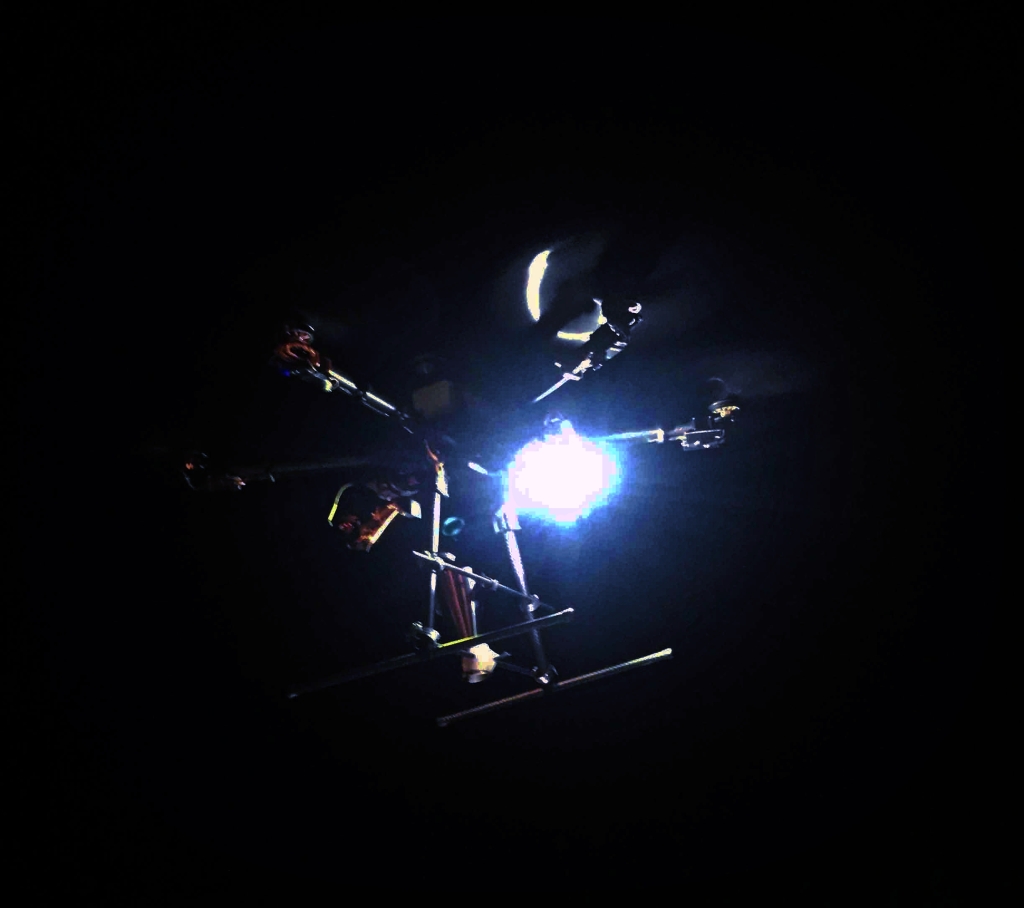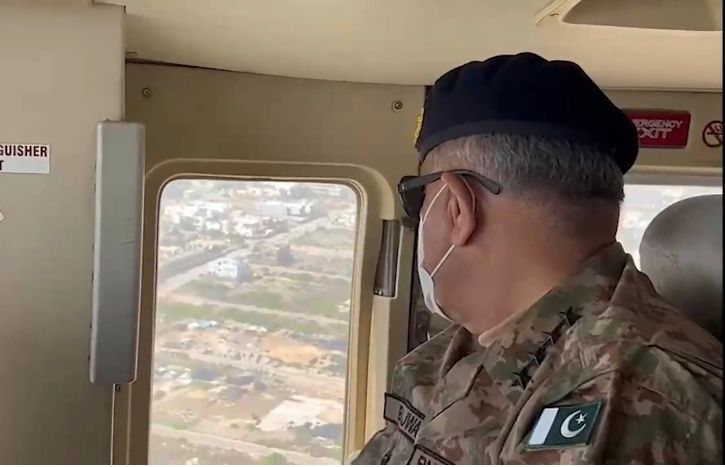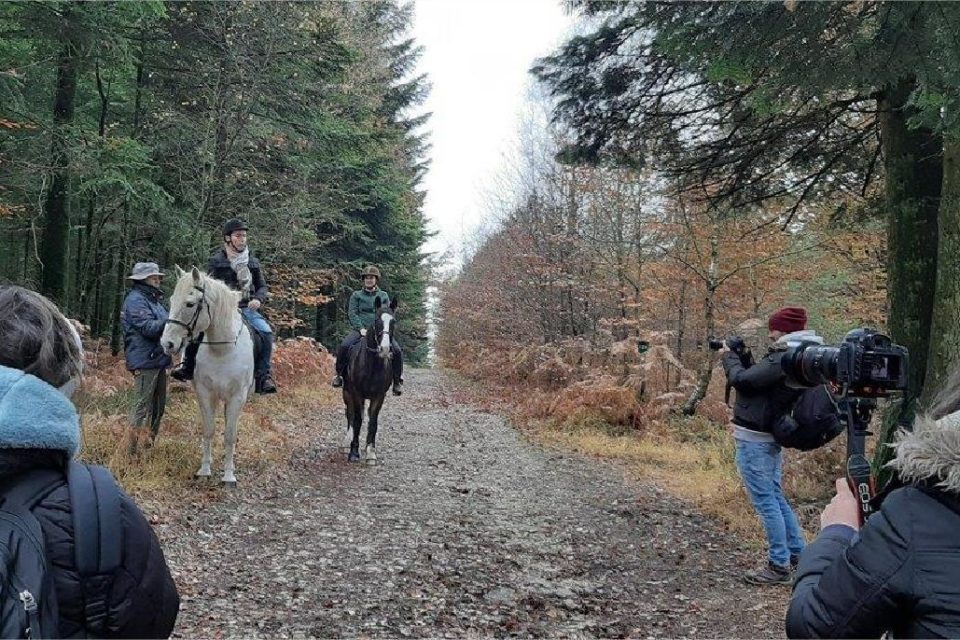U.S. Army Drone Program Expansion: An Exclusive Look

Table of Contents
The Driving Forces Behind the U.S. Army Drone Program Expansion
The dramatic expansion of the U.S. Army drone program is fueled by several key factors, creating a demand for more sophisticated and numerous unmanned aerial vehicles.
Increased Operational Needs
The demand for persistent surveillance, reconnaissance, and targeted strikes in diverse and often dangerous operational environments is a primary driver. Drones offer significant advantages in various scenarios:
- Enhanced situational awareness in complex terrains: Drones provide real-time imagery and data from challenging environments, improving battlefield awareness for ground troops. This includes dense urban areas, mountainous regions, and hostile territories where deploying manned aircraft is too risky.
- Reduced risk to human soldiers in dangerous missions: By employing drones for reconnaissance and surveillance, the Army significantly reduces the risk to human soldiers, minimizing casualties in hazardous situations. This is particularly crucial in areas with high enemy activity or unexploded ordnance.
- Cost-effective solution compared to manned aircraft operations: The operational costs of drones are considerably lower than those of manned aircraft, including fuel, maintenance, and pilot training. This allows for greater operational flexibility and extended mission durations.
- Improved targeting accuracy and precision strikes: Advanced drones are equipped with high-resolution sensors and targeting systems, enhancing accuracy and minimizing collateral damage during strikes. This is a significant advantage in modern warfare.
Technological Advancements
Rapid advancements in drone technology are directly fueling the U.S. Army's expansion into this sector. This progress makes drones increasingly versatile and capable:
- Development of autonomous flight capabilities: AI and machine learning are enabling drones to operate more autonomously, reducing the need for constant human control and expanding their operational range.
- Integration of advanced sensors and imaging systems: Modern drones are equipped with sophisticated sensors, including thermal imaging, radar, and hyperspectral cameras, providing a wealth of information for intelligence gathering and targeting.
- Improved communication and data transmission capabilities: Enhanced communication systems enable real-time data transmission from drones to ground control stations, providing crucial information for decision-making.
- Enhanced resilience against electronic warfare: The Army is developing drones with improved resilience against electronic jamming and other forms of electronic warfare, ensuring their operational effectiveness in contested environments.
Types of Drones Used in the U.S. Army Drone Program
The U.S. Army utilizes a diverse range of drones, each designed for specific roles and operational needs.
Small Tactical UAS
These lightweight and portable drones provide crucial real-time intelligence, surveillance, and reconnaissance (ISR) capabilities at the platoon and company level.
- Examples: RQ-11 Raven, RQ-20 Puma
- Portability and ease of deployment in diverse terrains: Their small size and lightweight design allow for easy transport and deployment in various environments, making them highly valuable assets for forward-deployed units.
- Cost-effective and readily deployable: Their relatively low cost and ease of operation make them ideal for widespread deployment within the Army.
Medium-Altitude Long-Endurance (MALE) UAS
MALE UAS offer extended flight times and greater payload capacity, enabling persistent surveillance and intelligence gathering over wide areas.
- Examples: MQ-1C Gray Eagle
- Long endurance for extended missions: Their long flight times allow for extended missions, providing continuous surveillance and reconnaissance capabilities for days at a time.
- Increased payload capacity for diverse mission sets: They can carry a range of payloads, including advanced sensors, communication equipment, and even limited weaponry, making them versatile assets for various mission profiles.
Large UAS and Future Developments
The Army is actively exploring larger, more advanced drones with increased capabilities, pushing the boundaries of unmanned aerial technology:
- Potential for autonomous logistics and resupply: Larger drones could revolutionize logistics, autonomously transporting supplies and equipment to remote locations, reducing the need for dangerous and time-consuming ground convoys.
- Integration of advanced weaponry and precision strike capabilities: Future large UAS may integrate advanced weaponry, offering long-range precision strike capabilities with reduced risk to human personnel.
- Exploration of swarming drone technology: The Army is investing in the development of swarming drone technology, where multiple drones coordinate their actions to achieve complex mission objectives.
Challenges and Future of the U.S. Army Drone Program
Despite the significant advantages, the U.S. Army faces several challenges in fully integrating and leveraging drone technology.
Regulatory and Legal Considerations
The increasing use of drones in military operations raises important regulatory and legal questions:
- Navigating international laws of armed conflict: The use of autonomous weapons systems raises complex ethical and legal considerations regarding accountability and the potential for civilian casualties.
- Ensuring safe and responsible operation of UAS: Strict regulations and procedures are necessary to ensure the safe integration of drones into civilian airspace and to prevent accidents.
- Addressing concerns about civilian casualties: Minimizing the risk of civilian casualties through precise targeting and robust operational procedures is paramount.
Cybersecurity Threats
The reliance on drones introduces significant cybersecurity vulnerabilities:
- Protecting drone communications and data from hacking: Robust cybersecurity measures are essential to protect drone communications and data from enemy interception and manipulation.
- Developing robust cybersecurity protocols: The Army must invest heavily in developing and implementing robust cybersecurity protocols to mitigate the risks of hacking and data breaches.
- Addressing potential vulnerabilities in drone software: Regular software updates and security patches are crucial to address potential vulnerabilities and prevent exploitation.
Maintaining Technological Superiority
The rapid evolution of drone technology necessitates continuous investment in research and development:
- Investing in advanced AI and machine learning capabilities: Continuing to develop advanced AI and machine learning capabilities is crucial for enhancing drone autonomy, decision-making, and overall effectiveness.
- Developing counter-drone technologies: As adversaries develop their own drone capabilities, the Army needs to develop effective counter-drone technologies to neutralize threats.
- Collaborating with private sector companies for technological advancements: Partnerships with private sector companies are crucial for leveraging their innovation and expertise in developing cutting-edge drone technologies.
Conclusion
The U.S. Army Drone Program expansion is a transformative development with profound implications for military operations and national security. This expansion requires careful consideration of the ethical, legal, and technological challenges involved. Continued investment in research, development, and cybersecurity will be crucial for maintaining operational effectiveness and technological superiority. Understanding the complexities of the U.S. Army Drone Program is essential for anyone interested in military technology and national defense strategy. To stay updated on the latest developments in this rapidly evolving field, continue to explore resources dedicated to the U.S. Army Drone Program and its future advancements.

Featured Posts
-
 Loyle Carners 3 Arena Dublin Gig Date Announced Kildare Nationalist
May 02, 2025
Loyle Carners 3 Arena Dublin Gig Date Announced Kildare Nationalist
May 02, 2025 -
 Pakstan Awr Kshmyr Ky Jngwn Ka Jayzh Army Chyf Ka Byan
May 02, 2025
Pakstan Awr Kshmyr Ky Jngwn Ka Jayzh Army Chyf Ka Byan
May 02, 2025 -
 Nick Robinson And Emma Barnett Uncovering The Reason For Their Separate Radio 4 Programs
May 02, 2025
Nick Robinson And Emma Barnett Uncovering The Reason For Their Separate Radio 4 Programs
May 02, 2025 -
 Voyage A Velo Trois Jeunes Du Bocage Ornais Parcourent 8000 Km
May 02, 2025
Voyage A Velo Trois Jeunes Du Bocage Ornais Parcourent 8000 Km
May 02, 2025 -
 Oostwold Krijgt Een Verdeelstation De Strijd Is Gestreden
May 02, 2025
Oostwold Krijgt Een Verdeelstation De Strijd Is Gestreden
May 02, 2025
